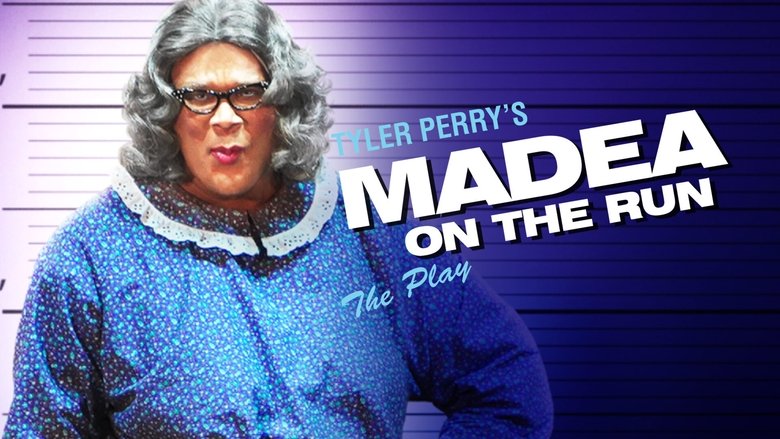Twelve years after its groundbreaking release, Gravity (2013) continues to hover above the rest — both literally and cinematically. Directed by Alfonso Cuarón, this white-knuckle space survival thriller not only redefined visual storytelling but also proved that emotion could be just as powerful as spectacle, even in the vacuum of space.
When it debuted, Gravity became an instant classic — sweeping seven Academy Awards and earning global praise for its immersive visuals, masterful direction, and heart-stopping tension. Today, the film remains a staple of both film schools and IMAX retrospectives, a rare hybrid of technological innovation and raw human emotion.
Gravity stars Sandra Bullock as Dr. Ryan Stone, a medical engineer on her first space mission, and George Clooney as veteran astronaut Matt Kowalski. When debris from a destroyed Russian satellite turns into a deadly orbital chain reaction, their space shuttle is destroyed, leaving them — and eventually only Stone — stranded and untethered above Earth.
What follows is a breathtaking, 90-minute descent into solitude, fear, and determination, as Stone fights to survive with dwindling oxygen, broken equipment, and nothing to rely on but her training, instincts, and the memory of a lost child.
Bullock’s performance was career-defining. With minimal dialogue and surrounded mostly by silence, she carried nearly the entire film on her shoulders. Her portrayal of grief, vulnerability, and eventual resilience remains one of the most emotionally nuanced performances ever captured in a genre too often dominated by explosions and one-liners.
What truly set Gravity apart in 2013 — and still does — was its technical brilliance. Emmanuel Lubezki’s cinematography, combined with seamless long takes and zero-gravity simulation, created an illusion of real space like never before. The opening 13-minute unbroken shot, drifting in and out of characters’ points of view, still stuns even the most seasoned sci-fi fans.
The film's use of sound — or its calculated lack thereof — was equally revolutionary. Rather than Hollywood’s usual explosive score, Cuarón embraced silence to reflect the realities of outer space, using sound only through vibrations and limited oxygen-borne transmissions. The result was a sense of immersion that audiences had rarely felt before.
While many space films focus on aliens, wars, or intergalactic politics, Gravity succeeded by doing the opposite. It’s a personal, intimate story about rebirth — one woman’s fall from space becomes a metaphorical journey from trauma to life. Stone’s final scene, crawling onto the Earth’s surface, drenched in mud and gasping for breath, remains one of cinema’s most poetic conclusions.
Since its release, Gravity has inspired a generation of filmmakers and space enthusiasts alike. NASA has praised the film for its emotional realism, if not its scientific accuracy, and space-themed dramas like The Midnight Sky and Stowaway owe a visible debt to Cuarón’s vision.
Twelve years later, Gravity remains an anomaly: a blockbuster rooted in silence, a spectacle powered by solitude, and a space movie that’s more about what it means to be human than what it means to explore the stars.
![Gravity Trailer 2013 Sandra Bullock Movie Teaser - Official [HD]](https://i.ytimg.com/vi/VlhJm_KkKEg/maxresdefault.jpg)


